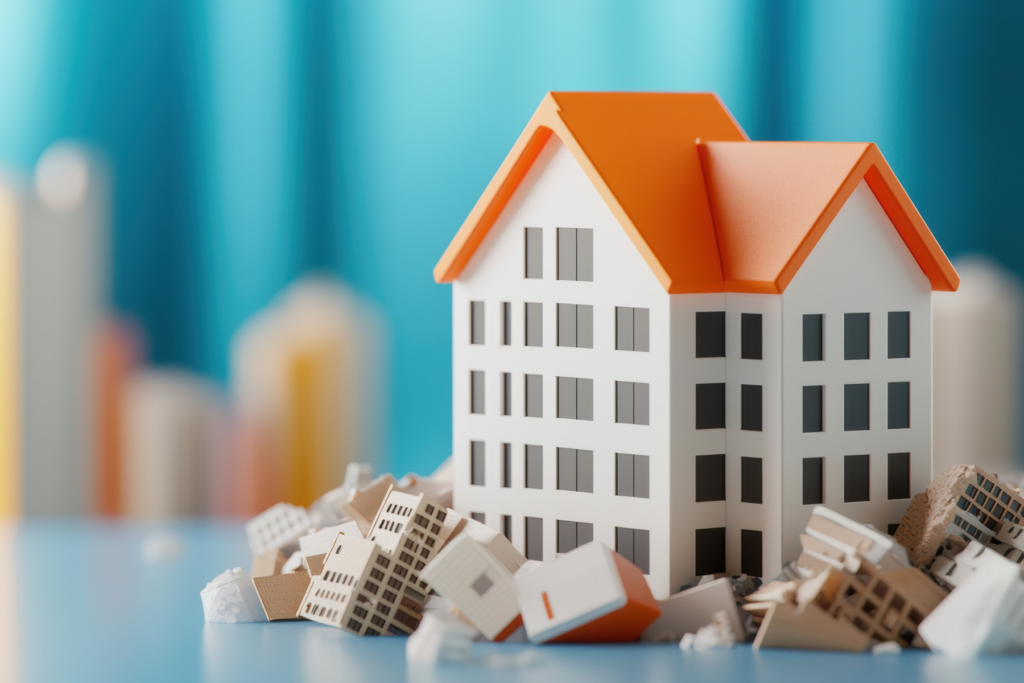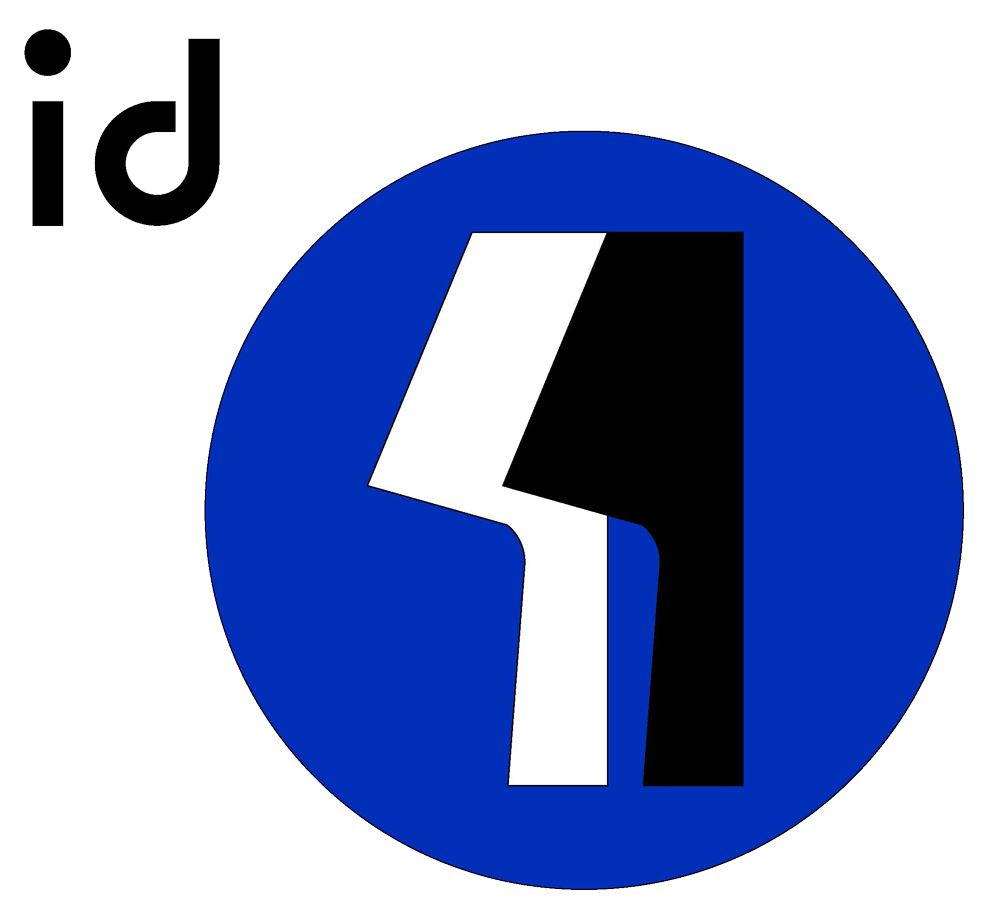Thanks to the introduction of new technologies, innovative materials and advanced methodologies, earthquake-resistant design has evolved significantly in recent years. Its main goal, however, still remains to ensure the safety of buildings and infrastructure while minimizing the damage caused by seismic events. What are the most interesting recent innovations in this area?
Innovative materials for earthquake-resistant design
The use of advanced materials is critical to ensure structural resilience:
- High-performance concrete (UHPC): improves resistance to seismic stress, offering greater durability and energy-absorbing capacity
- Composite materials (FRP): carbon and glass fibers used to strengthen existing structures and increase their load-bearing capacity
- Shape memory alloys (SMAs): materials that recover their original shape after deformation, improving structural stability during an earthquake
- High ductility steels: ideal for dissipating seismic energy without losing strength.
Seismic isolation and dissipation technologies
There are also significant innovations and developments in seismic isolation and dissipation:
- Advanced seismic isolators: systems that separate the structure from the ground, reducing the intensity of transmitted vibrations
- Energy dissipators: devices that absorb earthquake energy, limiting structural damage. Of these, viscous fluid and magnetorheological dissipators are among the most effective
- Floating base systems: structures designed to “float” on movable foundations, reducing the impact of seismic forces.
Performance-Based Design (PBD)
The PBD is an innovative approach to evaluate the behavior of a structure under different seismic scenarios, designing buildings that can maintain functionality even after a seismic event. This method allows design optimization, reducing costs and increasing safety, through a detailed analysis of expected performance against specific project objectives.
Digitization and advanced modeling
Digitization and advanced modeling are revolutionizing seismic design, improving its efficiency and accuracy. The adoption of tools such as Building Information Modeling (BIM) enables the development of detailed 3D models and seismic simulations to optimize the design. Digital Twins, or digital twins, allow real-time monitoring of structural conditions and simulation of the effect of an earthquake, providing constant control over building performance. In addition,Artificial Intelligence (AI) is used to identify optimal design solutions and predict weaknesses in structures, contributing to increased building safety and reliability.

Innovative building systems
Innovations in construction systems and technologies aim to ensure greater safety and speed of construction:
- Seismic-resistant prefabrication: modular components designed to resist seismic stresses
- Advanced bracing systems: structures that improve stability by dissipating seismic energy
- Self-repairing buildings: designed with materials that can repair themselves after micro-damage caused by an earthquake.
Seismic retrofits for existing buildings
Seismic retrofits for existing buildings represent an important challenge to improve structural safety without invasive interventions. Among innovative solutions, FRP (Fiber Reinforced Polymer) reinforcement stands out for its light weight and ease of application, increasing the seismic capacity of buildings without significantly altering their aesthetics or functionality.Retroactive seismic isolation allows seismic isolators to be integrated into existing structures, reducing the impact of seismic stresses without invasive structural interventions. Finally, continuous structural monitoring, using advanced sensors, allows for real-time detection of any deformations, providing useful data for predictive maintenance and building safety management.
The evolution in earthquake-resistant design aims to increasingly improve the building and infrastructure sector by offering safer and more efficient solutions. Advanced materials, isolation and dissipation technologies, digitization and updated regulations are the pillars of a future in which buildings and infrastructure will be increasingly resilient to earthquakes.
Investing in these innovations means not only protecting lives, but also ensuring greater business continuity through damage limitation as well.
In our projects, we already adopt the most advanced earthquake-resistant technologies, integrating them into our design processes to create highly resilient and safe buildings, meeting the sustainability and performance requirements demanded by the market.





